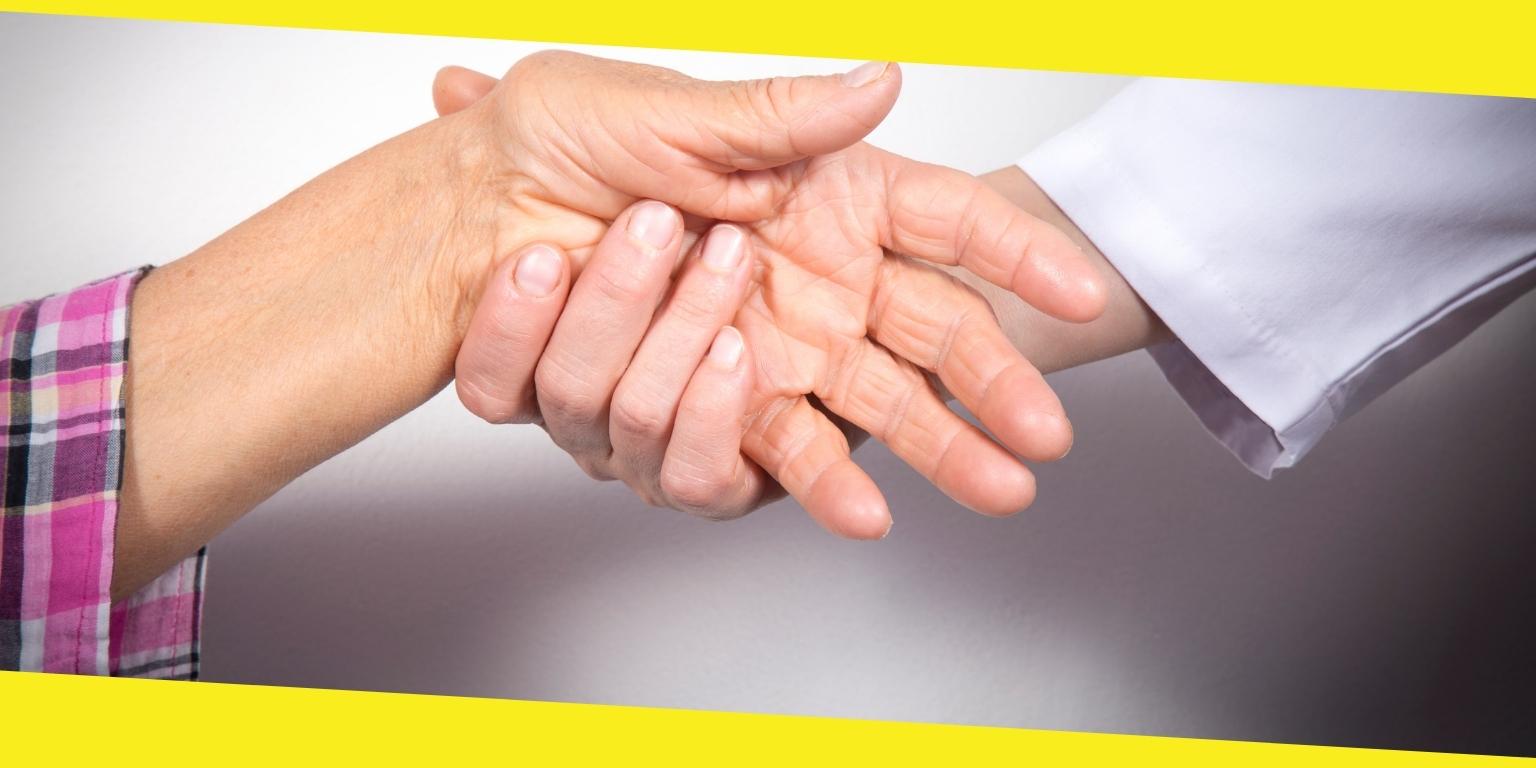Osteoarthritis and Rheumatoid Arthritis Explained

Arthritis is a group of conditions that cause pain, swelling, and stiffness in one or more joints in the body. The pain is usually chronic and affects your productivity since simple tasks such as gardening may become taxing. Although there is no cure for Edmond arthritis, treatments can help manage symptoms and improve your quality of life. There are over a hundred types of arthritis, but this article discusses the most common ones; osteoarthritis and rheumatoid arthritis.
Contents
ToggleOsteoarthritis
Osteoarthritis is the most common form of arthritis; it occurs when the protective cartilage covering joints wears or breaks down. The wear and tear can occur in any joints in the body, but it is common in the hip, hands, knees, and spine. Severe breakdown of the cartilage allows bones to rub on each other when you move, causing joint damage. Consequently, you may have pain, stiffness, tenderness, reduced range of motion, and a grating sensation in the affected joints.
Certain factors increase your risk for osteoarthritis; for example, you are more likely to develop osteoarthritis as you age. Although unclear, this condition is more likely to develop in women. Your risk of developing osteoarthritis is also higher if you carry excess body weight. Extra body weight adds stress to weight-bearing joints such as the knees and hips, causing them to break down quickly. Besides the added stress, fat tissues produce proteins that cause inflammation in and around your joints. Joint injuries also predispose you to osteoarthritis; even an injury that occurred years ago can increase your risk of osteoarthritis.
Joint damage resulting from osteoarthritis is irreversible, but treatments can help slow disease progression, reduce pain, and improve joint function. Your doctor may prescribe medications such as acetaminophen and over-the-counter NSAIDs to relieve pain. Physical therapy can help strengthen the muscles around your joints, increase flexibility, and reduce pain. If conservative treatments do not help, your doctor may discuss the possibility of surgery or other procedures like cortisone injections and lubrication injections.
Rheumatoid arthritis
Rheumatoid arthritis is an autoimmune disease; it occurs when your body’s defense system attacks the joint capsule lining, causing painful swelling and inflammation. The condition usually attacks many joints at once and commonly affects the joints in your wrists, hands, and knees. Patients with rheumatoid arthritis experience episodes when symptoms worsen (flare) and times when symptoms get better (remission). Rheumatoid arthritis causes signs and symptoms such as:
- Pain and aching in several joints
- Stiffness, tenderness, and swelling in multiple joints
- Fever
- Weight loss
- Fatigue
- Weakness
The specific causes of rheumatoid arthritis are unclear, but some factors increase your disease risk. For example, the onset of rheumatoid arthritis is highest in older adults above 60 years, but this disease can begin at any age. RA is also more likely to affect women, people who smoke, and individuals with specific genes. If you have rheumatoid arthritis, disease-modifying anti-rheumatic drugs can help slow down an overactive immune system and reduce pain and swelling. If these drugs are not effective, your doctor may recommend biological therapies.
If you have joint pain that won’t go away with pain medications, visit your doctor at The Lamkin Clinic to establish if you have arthritis.
You may like this
Recommended For You
5 Things To Know About Opioid and Opiate Drug Testing
Most Inside
Most Inside offers high-quality recommendations and valuable updates to enhance all aspects of your life, providing premium guidance and enriching experiences.




